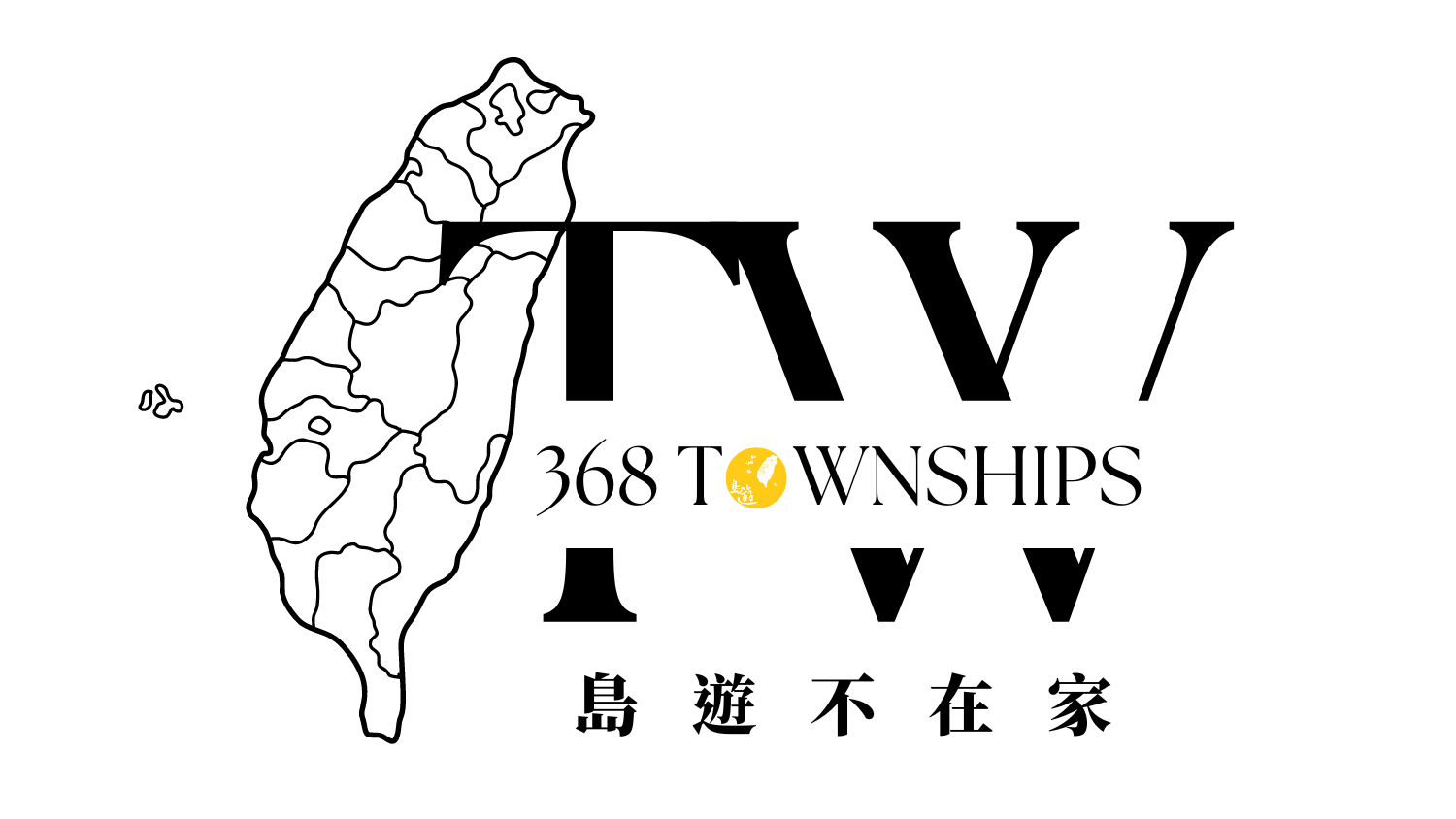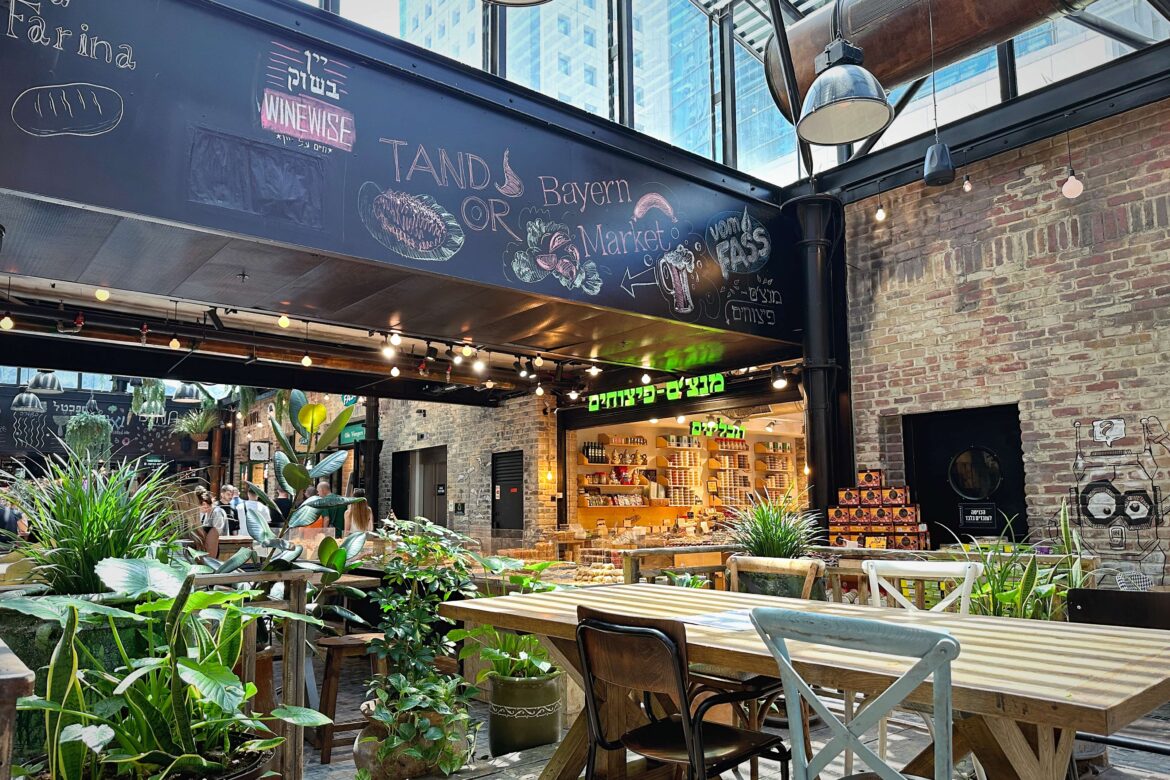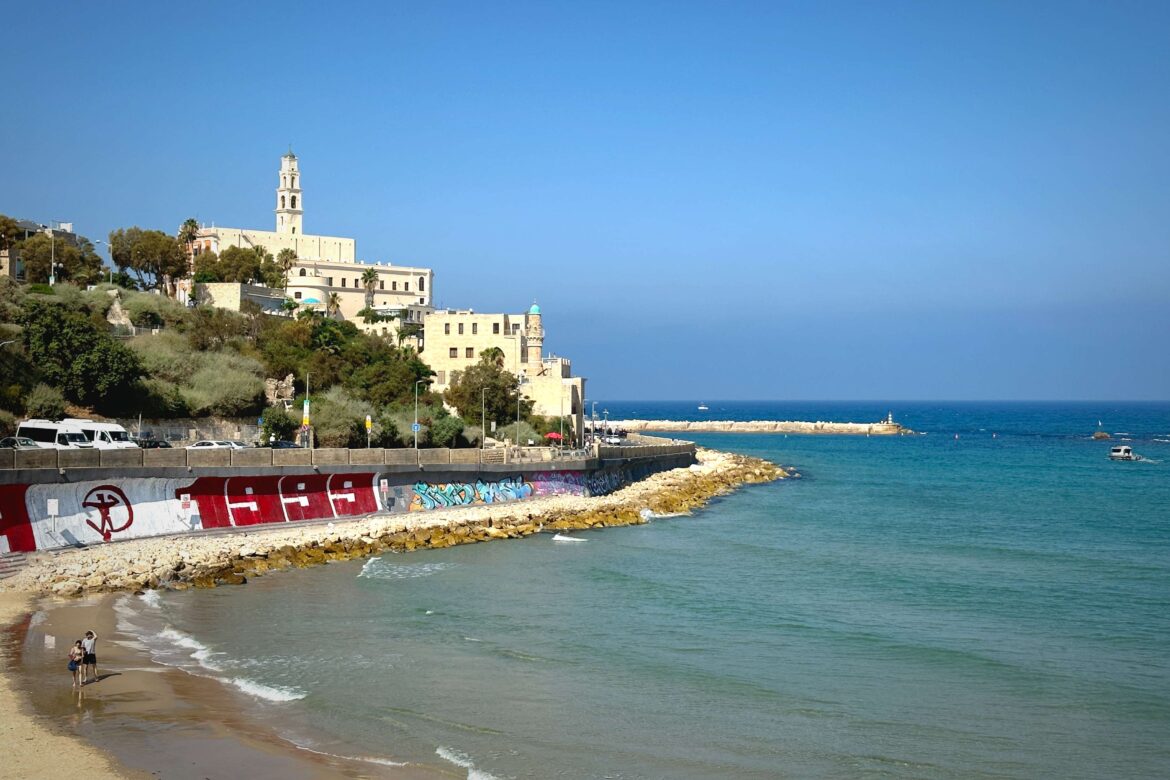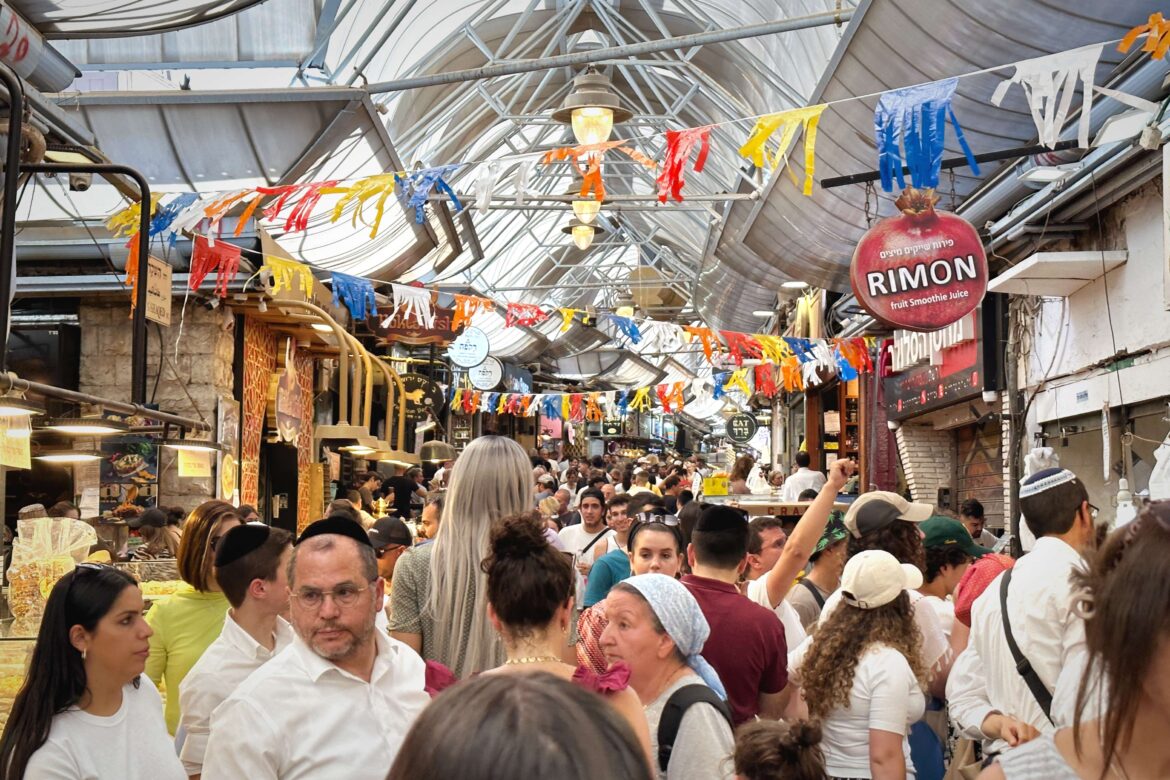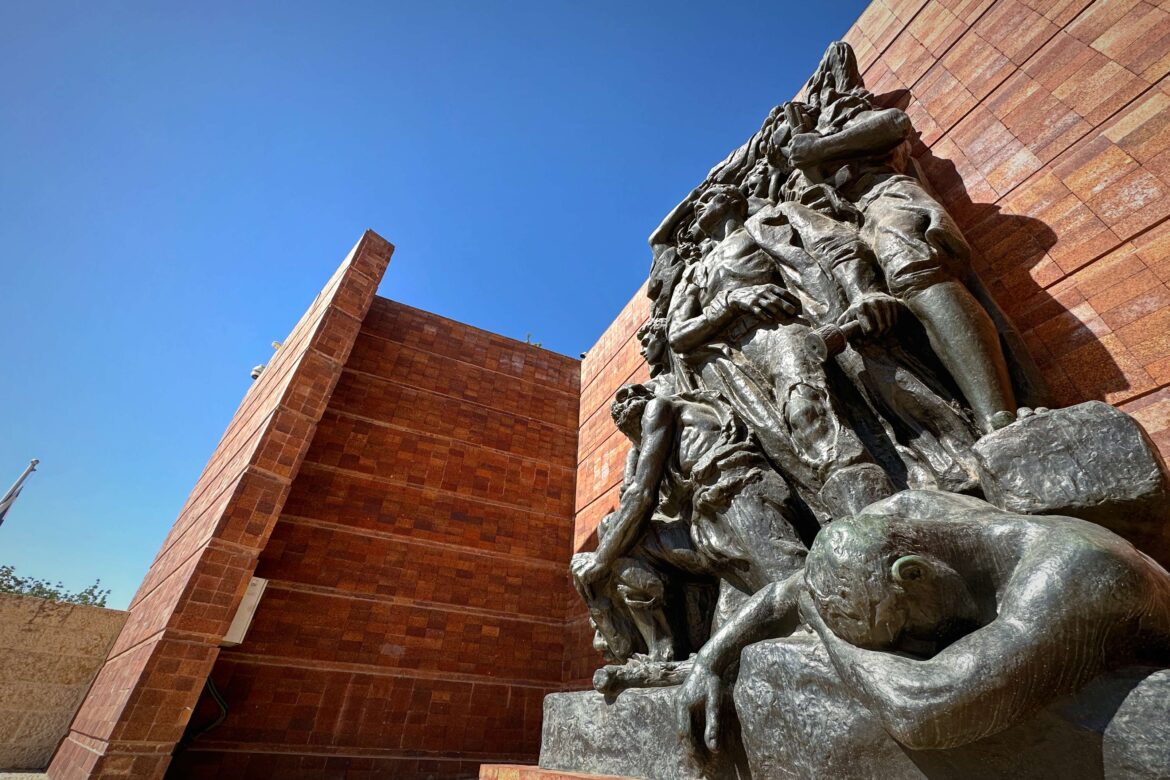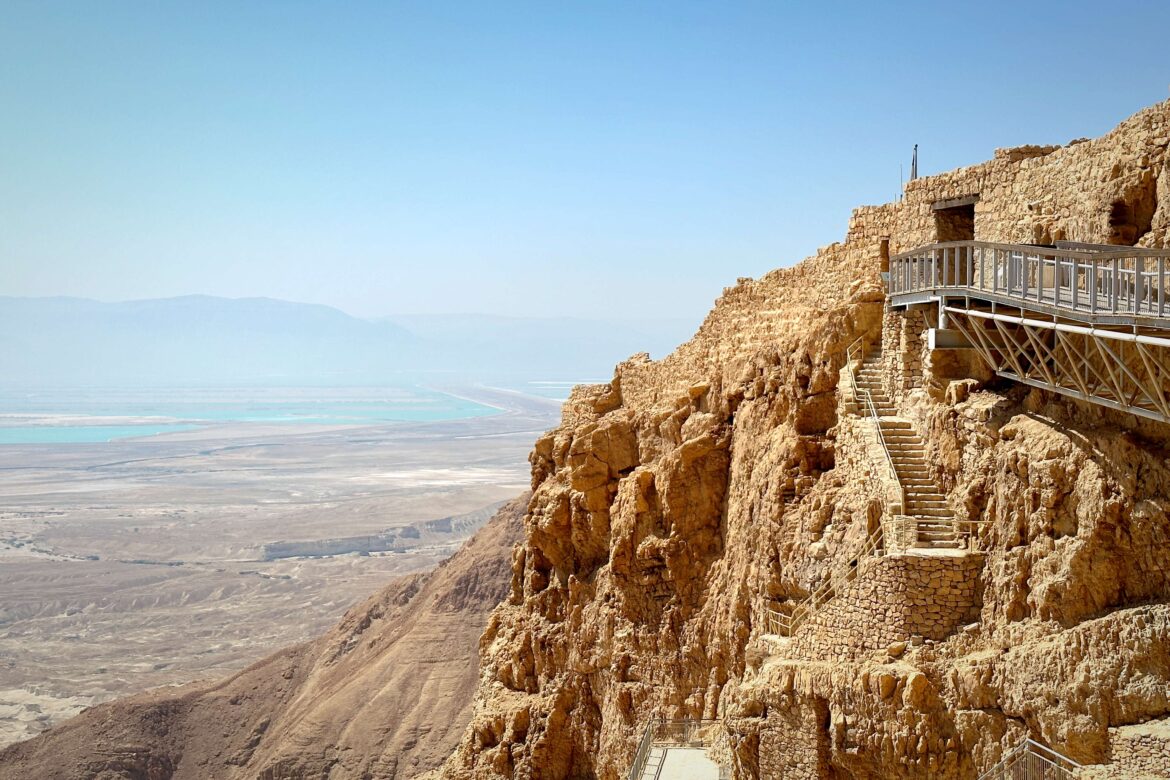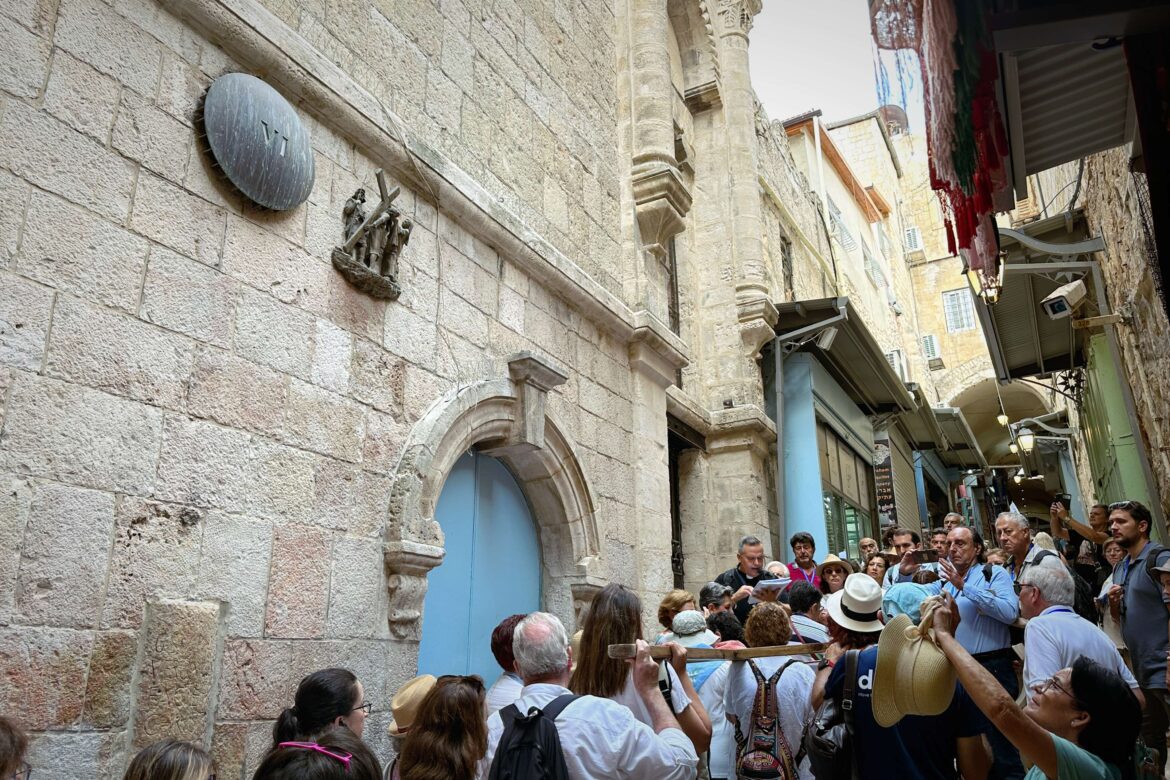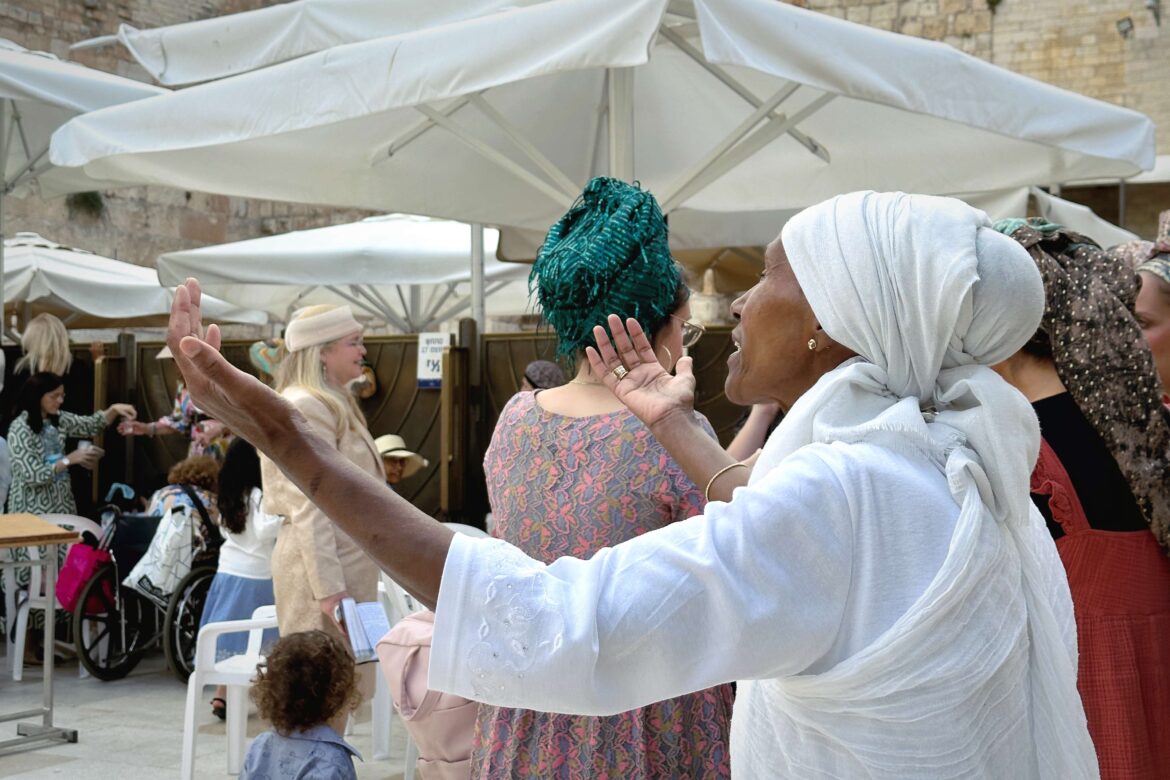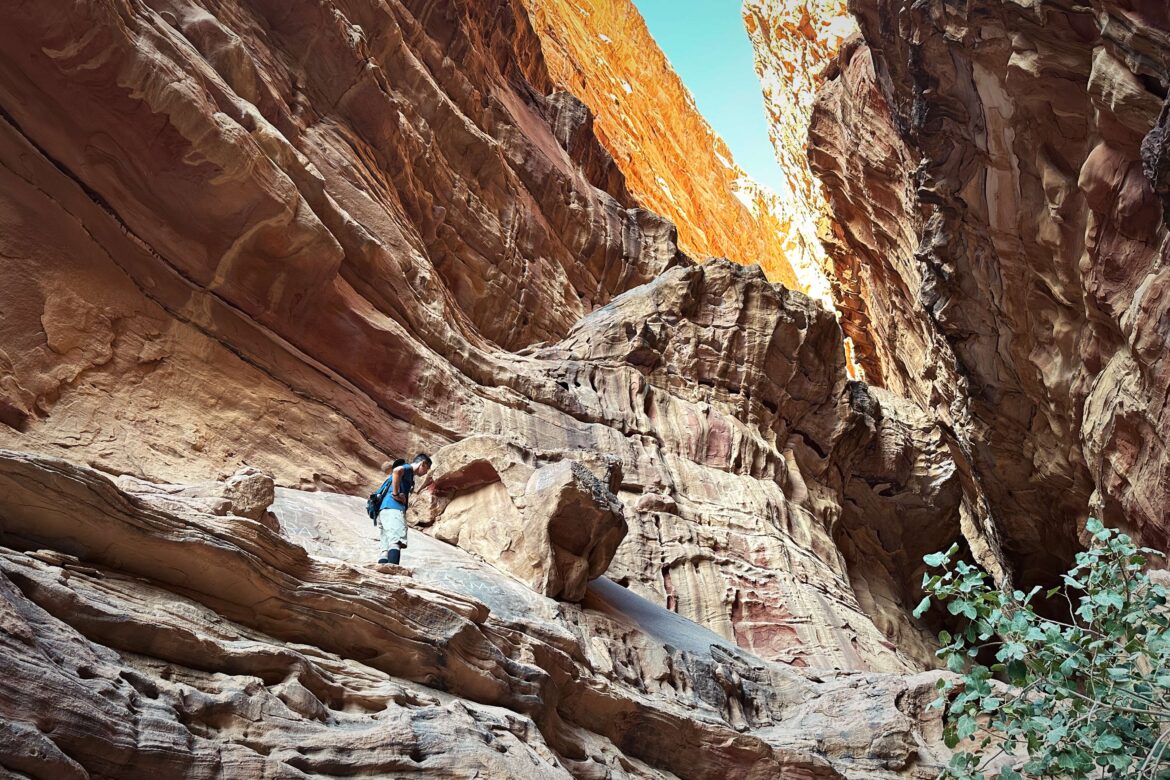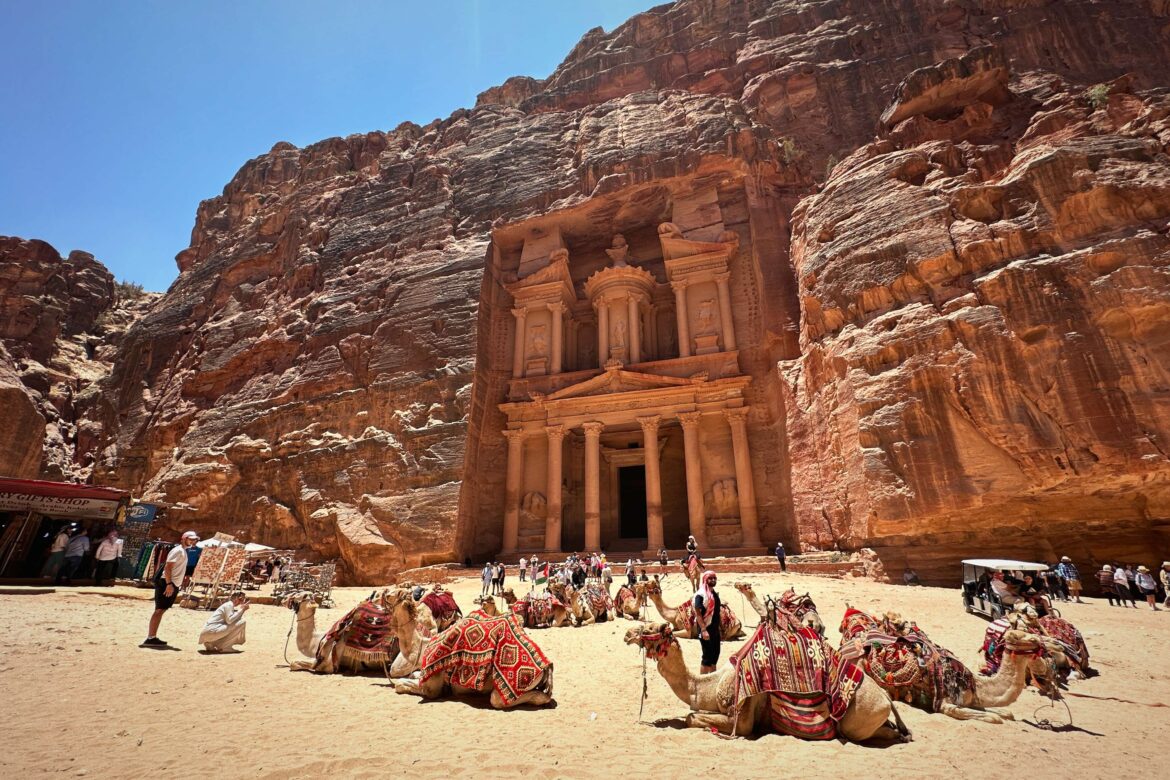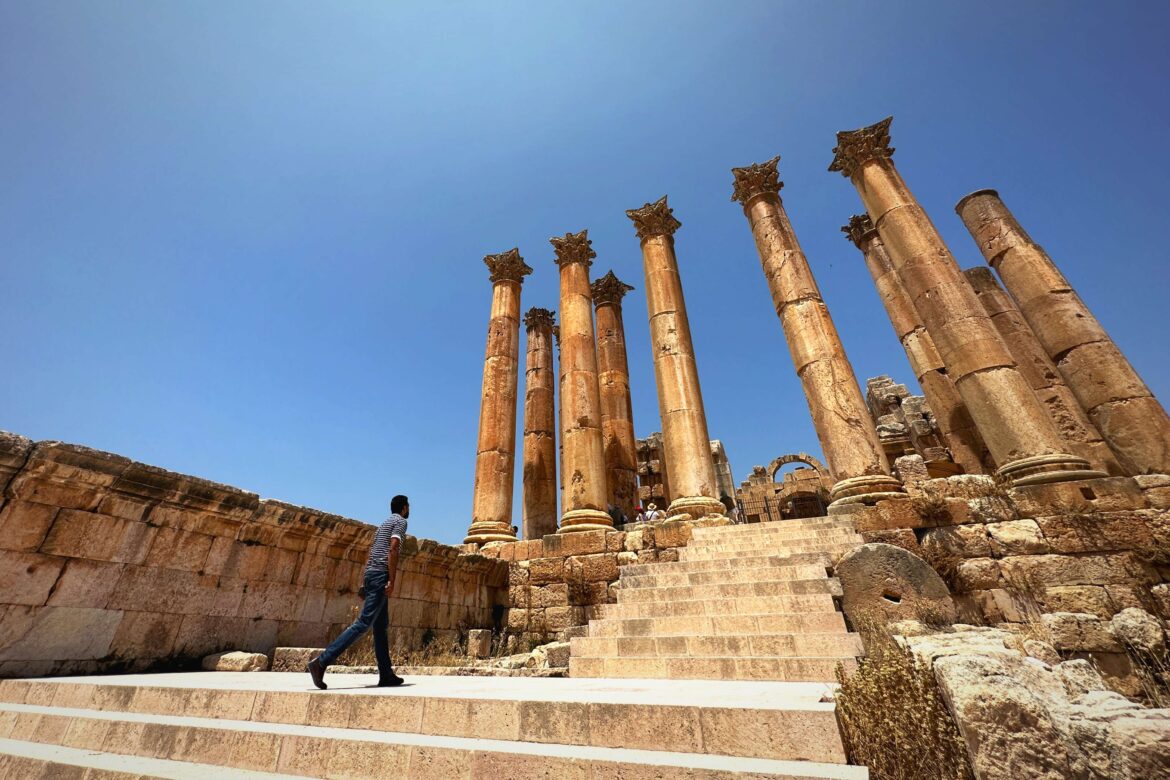In the 19th century, the population of Yafo grew rapidly, and the community expanded, transforming Tel Aviv into a new city. Later, with the rise of Zionism, a large number of Jews from overseas returned to Israel, and Tel Aviv became the present-day political and economic center. Here, there are three markets that are great places to explore.
亞洲
Jerusalem serves as a common sacred site for Judaism, Christianity, and Islam, holding irreplaceable importance in the world. The profound religious atmosphere in Jerusalem surprised me. One can observe people's reverence for religion through their attire and behavior.
Wadi Rum, registered by UNESCO as a World Natural and Cultural Heritage site in 2011, is located in the southern region of Jordan, bordering Saudi Arabia. The landscape of Wadi Rum has evolved over millions of years, making it renowned for its diverse desert landscapes. It is often referred to as the "Valley of the Moon."
Petra, known as the "Rose City," was designated as a World Heritage Site by UNESCO in 1985. This recognition was not only due to its extremely unique landscape but also because the remains left by the Nabataeans are considered one of the New Seven Wonders of the World.
In the past, when I visited Rome, I was enamored with the Colosseum that I knew from textbooks. However, after exploring it, my attention would drift to the nearby shops, leaving me with a fragmented impression of the "town." It was during my visit to Jordan that I discovered Jerash, often referred to as the "Pompeii of the Middle East," which is even more "Roman" than Rome itself. This experience completed my perception of a Roman ancient city.
